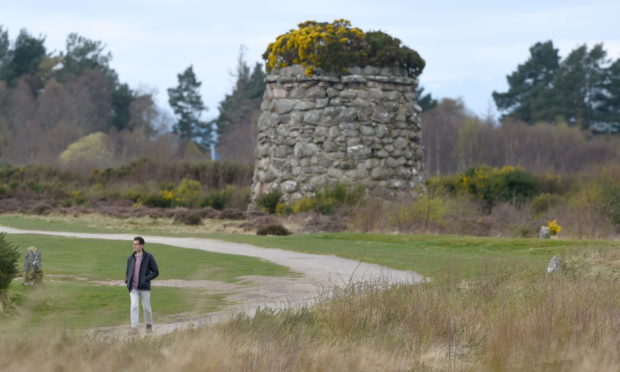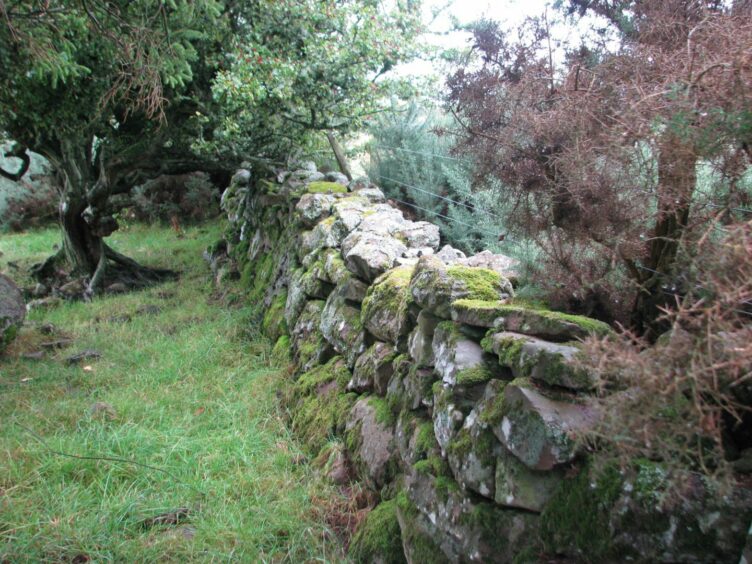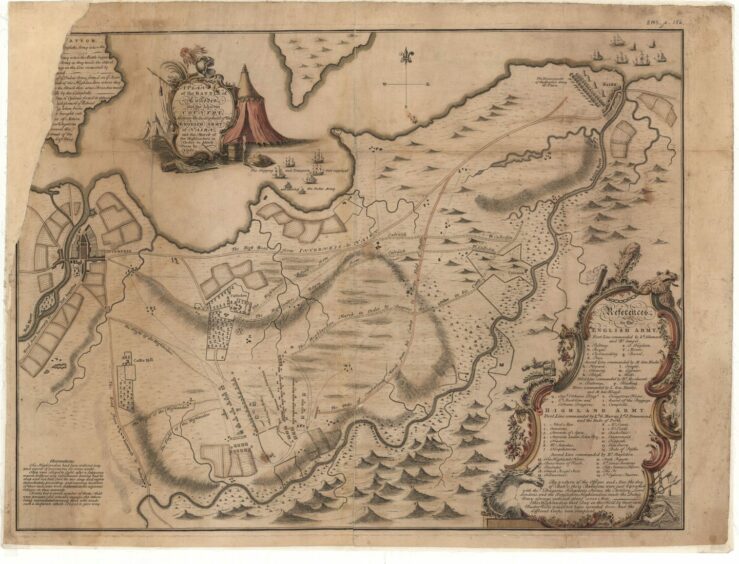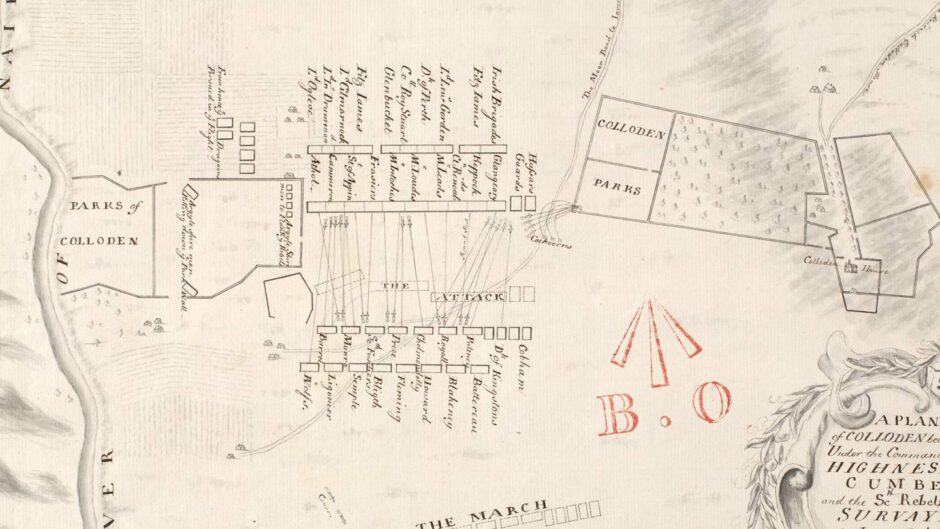New evidence uncovered by archaeologists has shed new light on the Battle of Culloden.
The research by Historic Environment Scotland has altered the understanding of the Jacobite army’s positioning in the 1746 battle.
Researchers found new evidence of the location of Culloden Parks, where Bonnie Prince Charlie deployed his army’s left flank for the battle.
The discoveries, including the surviving remains of a significant amount of the park’s boundary wall, help to show the flank was likely further west than previously believed.
In the 246 years since the battle, changes as a result of development and agriculture have meant elements of the landscape, such as Culloden Parks, that show up on maps from the 1740s have been lost.
The parks are the designated landscape around Culloden House, which Bonnie Prince Charlie and his Jacobite commanders used as a headquarters in the lead up to the battle.
Kevin Munro, who conducted the research, said: “The Battle of Culloden is one of the most documented and studied conflicts in Scotland’s history, so to unearth new information that will further enhance our understanding of this significant battle is very gratifying.
“As part of our role in maintaining the Inventory of Historic Battlefields, we routinely review and assess different sources of information that can continue to help shape our understanding of these significant pieces of Scotland’s historic environment.
“This clear evidence for the survival of Culloden Parks shows us that the story of the Battle of Culloden is still unfolding along with our understanding of the historic landscape.
“This research will further enhance our knowledge of the pivotal events that took place on April 16, 1746.”
How was the discovery made?
The discovery of Culloden Parks was made by cross-referencing 18th Century maps with more detailed modern maps.
Modern airborne laser scanning was also used to create 3D records of the area in order to show subtle features that can often be missed from a ground-level view.
This also led to the discovery that the battlefield’s Red Burn was also further west than previously understood, supporting new views on the left flank’s exact position.
A field assessment was also carried out on the ground to trace the physical evidence of the lost boundary walls.
Some elements of the battlefield have been uncovered in previous decades, but much of the site still remains a mystery.
Historic Environment Scotland will use this evidence to inform a future review of the inventory of Historic Battlefields and the record for the Battle of Culloden.
What is the Battle of Culloden?
The Battle of Culloden was the last battle to be fought on the British mainland and resulted in the capitulation of the Jacobite cause, ending decades of conflict between supporters of the exiled Jacobite court and the British government.
Led by Bonnie Prince Charlie, the grandson of King James VII who was ousted in 1688, the Jacobite army was thoroughly defeated at the battle marking the end of their rebellion which had begun at Glenfinnan in August 1745.
The battlefield itself is now a popular tourist site in the Highlands with a visitor centre run by the National Trust for Scotland.




Conversation